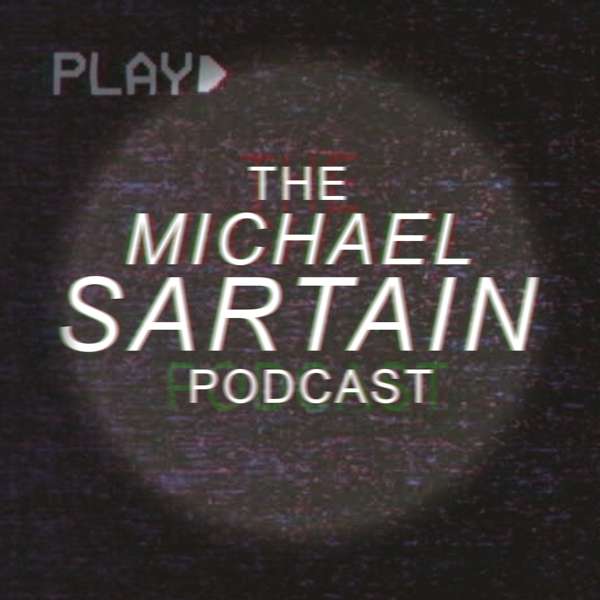Every hundred years or so, the Supreme Court decides a question with truly vast economic implications. In 2012 such a decision was handed down, in a case that had the potential to affect the economy in the near term more than any court case ever had. The substance of the case, and its lasting legal implications, are the subject of Andrew Koppelman’s The Tough Luck Constitution and the Assault on Health Care Reform (Oxford University Press, 2012).
The plaintiffs in the “Obamacare” case, NFIB v. Sebelius, had political and legal goals. Politically, they failed, because Justice Roberts was not willing to undo the huge Congressional effort to reform the country’s health-insurance system. But legally, in terms of doctrine, the litigation was a smashing success, altering principles that reach back hundreds of years.
Andrew Koppelman has written a superb layman’s guide to what was at stake, legally, in last year’s case — and what the plaintiffs accomplished. They persuaded five justices of the Supreme Court to call into question both of the Court’s most economically significant previous decisions, one from the early days of the Republic, and one from the New Deal.
In 1819, the Court agreed unanimously that the federal government could solve national problems:
“Let the end be legitimate, let it be within the scope of the constitution, and all means which are appropriate, which are plainly adopted to that end, which are not prohibited, but consist with the letter and spirit of the constitution, are constitutional.” (James Marshall)
In 1935, the vote on a similar question was five to four: “Although activities may be intrastate in character when separately considered, if they have such a close and substantial relation to interstate commerce that their control is essential or appropriate to protect that commerce from burdens and obstructions, Congress cannot be denied the power to exercise that control.” (Charles Evan Hughes)
But the dissent in 1935 took a very different view, one that resonates with the conservative voices of 2012:
“The right to contract is fundamental, and includes the privilege of selecting those with whom one is willing to assume contractual relations.” (James McReynolds)
In 2012, the Court is now split 4-5, in the other direction, on both of these topics. Prof. Koppelman shows that the “necessary & proper” clause, held to trump states’ rights by Justice Marshall, is hollowed out by Justice Roberts’ opinion. And Justice McReynolds’ “right to contract,” made infamous by the Lochner court, has returned in ghostly form, as a new individual right not to contract with insurance companies. In economic matters, the tide of constitutional law is shifting.
The power of the Tough Luck constitutional doctrine was not exercised because of Justice Roberts’ forbearance in preserving the Affordable Care Act on other grounds. But with the help of Prof. Koppelman’s lucid and persuasive book, any reader can now fully grasp the legal significance of this line of thinking. Its practical implications, meanwhile, are becoming visible in the context of Medicaid, because a secondary holding in the case empowered governors to refuse new federal money for health care for the working poor.
Learn more about your ad choices. Visit megaphone.fm/adchoices
Support our show by becoming a premium member! https://newbooksnetwork.supportingcast.fm/medicine

 Our TOPPODCAST Picks
Our TOPPODCAST Picks  Stay Connected
Stay Connected







